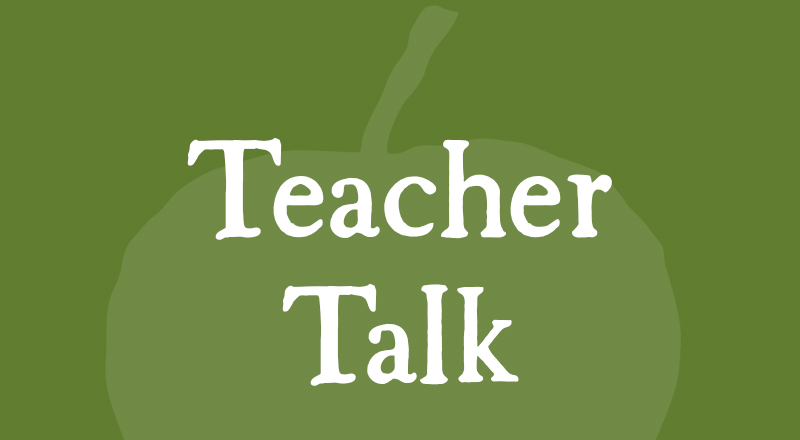Curriculum connections: Design and technologies

A kitchen garden program can easily meet a range of educational needs in the Australian Curriculum. Hot on the heels of our article on Curriculum Connections, we discuss Design and Technologies in relation to a kitchen garden program.
The Design and Technologies subject sits in the Technologies learning area. In this subject, the ‘knowledge and understanding’ strand asks that students have opportunities to experience and design products, services and environments in four different technologies contexts.
The contexts particularly relevant to the kitchen garden program are ‘food and fibre production’ and ‘food specialisations’. Here we show you how to forge a strong curricular link between your kitchen garden program and these contexts, for both the primary and secondary years.
Primary years
In the primary years, a kitchen garden program can easily meet a range of educational needs in three outcomes in the primary curriculum.
Students in Years F–2 have the opportunity to ‘explore how plants and animals are grown for food, clothing and shelter and how food is selected and prepared for healthy eating (ACTDEK003)’ in the curriculum. This is the perfect introduction to the garden for students. Start small by investigating seeds and seedlings, growing microgreens and herbs and observing the progress of the plantings. In this context, the students are actively involved in the practical experience of designing and maintaining a healthy and flourishing edible garden.
Years 3 and 4 students can go further and ‘investigate food and fibre production and food technologies used in modern and traditional societies (ACTDEK012)’. The first step to helping students understand food production via the kitchen and garden is to take a seasonal approach. Students plan, choose and plant vegetables and herbs to suit their climate or region. They may also consider what fresh harvests are needed to stock the kitchen for cooking throughout the year. To extend learning, students can use their experience of seasonal planning to discuss and learn about crop-growing around Australia, including modern and traditional farming methods.
Year 5 and 6 students, having had hands-on experiences in the garden growing and harvesting their own fresh food, are perfectly placed to ‘investigate how and why food and fibre are produced in managed environments and prepared to enable people to grow and be healthy (ACTDEK021)’ in the kitchen. To achieve the aims of this descriptor in the curriculum, use cooking classes to explore food preparation techniques such as steaming, boiling, blanching and roasting; learn about the value and health benefits of fresh, seasonal produce; and try out recipes for meals high in both nutritional value and delicious taste.
Secondary years
In Years 7–10, the technologies contexts are further split into the two separate areas of ‘food and fibre production’ and ‘food specialisations’.
At an allocated time in Years 7 and 8, students studying food and fibre production can ‘analyse how food and fibre are produced when designing managed environments and how these can become more sustainable (ACTDEK032)’. The content for food and fibre production can be filtered through the lens of the kitchen garden by having students involved in managing the garden. Also, students can study how aspects of the garden can impact on plant growth and food production. Soil, for example is one aspect students can observe (and manage). What are the different types of soil and their effect on plant growth? How can soil be improved? What impact does the pH level of the soil have on crop production?
In the area of food specialisations, students should ‘analyse how characteristics and properties of food determine preparation techniques and presentation when designing solutions for healthy eating (ACTDEK033)’. This curricular requirement can be directly achieved via classes in the kitchen. For example, students in a cooking class are not only making food, they are learning new food preparation techniques (for example, changing the texture of potato by boiling and mashing it to make potato gnocchi); developing knowledge of food safety and learning the safe use of equipment (such as knife skills).
In Years 9 and 10, each school determines how – and if – these technologies contexts are taught based on the decisions of the local state or territory authority. In these circumstances, the Australian Curriculum provides the opportunity for continued learning in these contexts.
In food and fibre production, students are able to ‘investigate and make judgments on the ethical and sustainable production and marketing of food and fibre (ACTDEK044)’. To link this to a kitchen garden program, allow students to review the sustainable garden practices in the school. Students can also critically review land and water use in the garden, and suggest improvements or enhancements. Marketing skills and learnings can be developed in ways ranging from selling garden produce to running a fundraiser for the school’s kitchen and garden.
In food specialisations, students ‘investigate and make judgments on how the principles of food safety, preservation, preparation, presentation and sensory perceptions influence the creation of food solutions for healthy eating (ACTDEK045)’. Students achieve the aims of this context in the kitchen by designing recipes that focus on flavours, textures and visual appeal. Students try different methods and techniques, including pickling and preserving foods and learn why these techniques and methods are necessary. They make foods using fresh, seasonal produce that they have grown and harvested themselves and identify the nutritional benefits of the meals and ingredients.
Happy teaching!

Steph Davies, Education Advisor
< Back to Latest News
